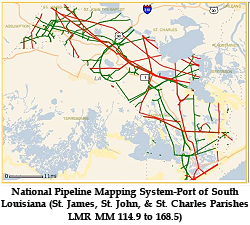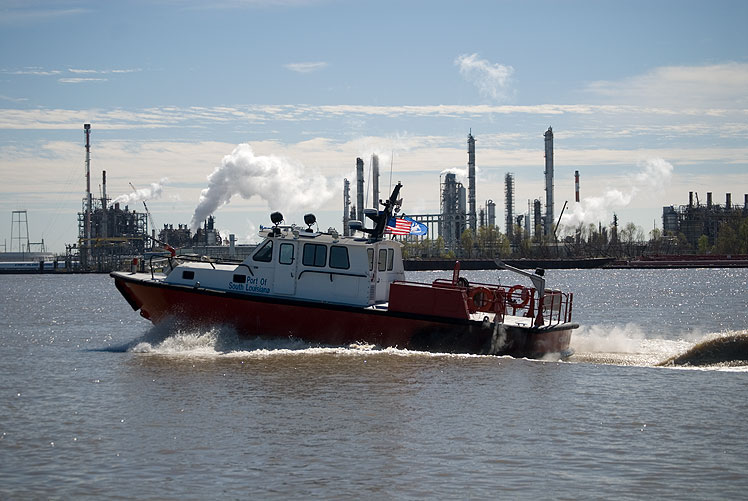Pipeline Safety
ABOUT PIPELINE SAFETY RESPONSE VESSELS INCIDENT COMMAND LINKS CONTACT
 Pipeline strikes are an all too-frequent occurrence causing loss of life, damage to property and immense harm to the environment. The threat of striking a submerged pipeline is one that all mariners face, and statistics illustrate the danger. In a 20-year period, 118 pipeline strikes were reported. These incidents resulted in 25 fatalities and 17 injuries. The environmental impact was devastating, with more than 100,000 barrels of oil spilled and property damage in the hundreds of million dollars. Sadly, all were incidents that could have been prevented.
Pipeline strikes are an all too-frequent occurrence causing loss of life, damage to property and immense harm to the environment. The threat of striking a submerged pipeline is one that all mariners face, and statistics illustrate the danger. In a 20-year period, 118 pipeline strikes were reported. These incidents resulted in 25 fatalities and 17 injuries. The environmental impact was devastating, with more than 100,000 barrels of oil spilled and property damage in the hundreds of million dollars. Sadly, all were incidents that could have been prevented.
Pipelines are arteries that transfer crude oil and natural gas from wells on land and offshore to refineries and chemical plants, where it becomes fuel, chemicals and other products used by every American each and every day. This pipeline infrastructure is critical to fueling America’s industries and to our nation’s prosperity. A map of the pipeline infrastructure shows the connection to more than 4,000 platforms and over 33,000 active wells in the Gulf of Mexico and Mississippi River Region. It’s a graphic example of the enormity of the network.
Unfortunately, statistics show that third-party damage by marine vessels is among the most common causes of the pipeline industry’s largest releases of hydrocarbon products. So if you operate a vessel, any time you drop anchor, dredge, lay pipe, drive pilings, wheel-wash, or jack down—basically anytime the water bottom is disturbed—you must have the proper permission required by state law, through calling the free 811 clearance service.

